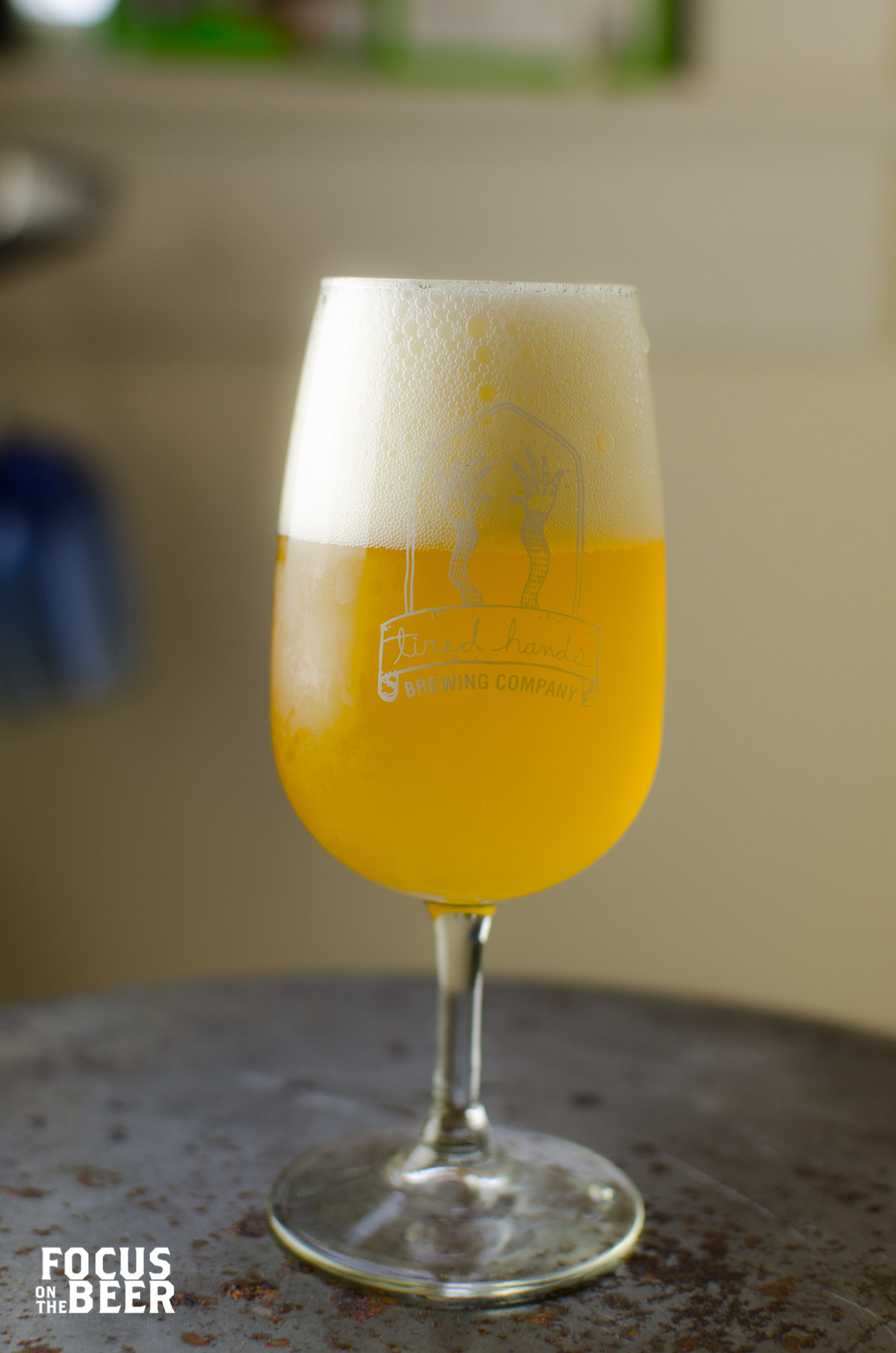Haze is the new craze in IPAs
As little as a year ago, if you ordered an IPA and it came to you cloudy and opaque, you might have sent it back or complained to your bartender. These days, some brewers are utilizing haze produced as a byproduct of the brewing process to their benefit. Coupled with modern hop-bursting techniques, these new versions of the iconic IPA are spreading to shelves and taps like wildfire.So what's a hazy IPA all about?New England is credited with at least the naming rights, as the NE IPA is becoming a new type of beer. What is a NE IPA? Usually, they consist of a beer that has been extensively hopped with juicy American hops while sporting a fluffier mouth-feel and hazy appearance. Many brewers making this style brew with flaked grains, dextrine and carafoam type malts to help thicken up the beer. The haze more than likely comes from a lower flocculating yeast strain being used. As with many styles of beer, NE IPAs have been a point of contention from every side of the industry. As our friends at Beer n' Loathing call it: #Flocculgate. So, we decided to dive a bit deeper.Making beers that are this hoppy and "juicy" isn't a new thing. Just google "hop bursting" and you'll get a dozen different sources for when it started. The one thing I keep hearing is that Oregon's brewers have been making "juicy" IPAs before it was even a thing. On Jeff Alworth's site Beervana, we found a helpful two part article on the history and techniques for making hop bursted IPAs. Brewers like Barley Browns in Portland have been using hop bursting even before the term was coined. Yet, beer-making isn't a new process, and it's hard to pin point when and where this technique actually started.1In years past, turbidity in a finished beer often was a sign of oxidation—as polyphenols oxidize and polymerize they can interact with proteins in the beer, causing haze and turbidity.2 It's historically been a sign of some sort of problem in the finished beer. If you haven't tasted an oxidized beer, think of the flavor of wet cardboard. So, when this new hazy style of IPA started hitting the market, many traditional brewers balked at it. Some joked with glasses of hop material and yeast straight off the fermenter, while others have chalked it up to being just the next fad.One thing is for certain, consumers aren't accurately informed about the correlation between haze and juicy flavor. I can't count the number of times I've observed consumers complaining that a clearer version of a normally hazy IPA isn't as juicy. It's just fallacy.If you remember one thing from this article, remember this: juiciness stems from the hops being used, not the haze. While the yeast being used can contribute to fruity flavors and aromas, and with lower flocculation can lead to haze, it's not just the haze that makes it taste like a glass of fresh squeezed pulp. Historically, IPAs have been produced with American ale yeasts that clean up much clearer and attenuate more sugars, leaving the beer drier and letting the hops do all the talking. In these newer IPAs, many have utilized English ale yeast, which doesn't attenuate as far, produces some fruity flavors and aromas, and can take longer to clear up.If you had a Witbier in front of you, would you describe it as juicy? It looks similar to a hazy NE IPA, but as it stylistically lacks the large quantity of American hops, it will taste dramatically different. Based on the normal hop profile for a Witbier, it isn't juicy. So please, please stop thinking that just haze equals juice. It doesn't.Now that we've got that out of the way, let's try some beer. Here's three prime examples of hazy NE IPAs(IPhaze anyone?), but ones that aren't so pulpy that you have to rinse out your mouth afterwards.
Subject 1:
 Odd13 Codename: Superfan
Odd13 Codename: Superfan
Vital Stats: 6.5% ABV
Fermentables: Rahr 2-row, Flaked Wheat, Weyermann Carafoam
Hops: Simcoe, Citra, Amarillo, Equinox
Color: pale straw to yellowish-gold color, somewhat opaque.
Aroma: tropical fruit, citrus
Flavor: strong citrus, tangerine and some bready notes.
Mouthfeel: light, fluffy, with reduced bitterness.
Aftertaste: subdued bitterness, pillowy.
Haze level: 6/10
Subject 2:
 Trillium Brewing Sleeper Street
Trillium Brewing Sleeper Street
Vitals: 7.2 %
Fermentables: American 2-row Barley, White Wheat, Dextrine, C-15
Hops: El Dorado, Columbus
Color: yellow-gold, opaque
Aroma: smell is of pine and grapefruit, some citrus peel
Flavor: mimics the smell, citrus and grapefruit, medium bitterness
Mouth-feel: fluffy, but with a grapefruit juice-like bitterness
Aftertaste: residual bitterness on the palate.
Haze level: 7/10
Subject 3:
 The Alchemist Focal Banger
The Alchemist Focal Banger
Vitals: 7% ABVFermentables: British Pearl Malt (maybe...see below)Hops: Citra, MosaicConsidered the "sessionable" Heady Topper, Focal Banger was reported to be brewed with primarily British Pearl malt, but because they've tried many different malt bills in the past batches, I'm not sure where it ended up. Nonetheless, this beer is fantastic. It's less hazy than the other beers we tried, but because of its heritage, I figured it needed to be included. Heck, even John Kimmich says it's supposed to be hazy on the can. (These are the best reads in the industry, by our account)Haze level: 7/10So where is this whole phase in IPAs going? As more and more breweries open, the need for something unique and different becomes ever more important. I say, as long as the beer tastes good, drink it from the can and forget that it's hazy. On the other side of the coin, don't discount a beer that is clear...it might be juicier than you think.Sources:http://beervana.blogspot.com/2014/03/introducing-hop-bursting-part-1-history.htmlhttp://ir.library.oregonstate.edu/xmlui/bitstream/handle/1957/34093/Wolfe_thesis.pdf,


